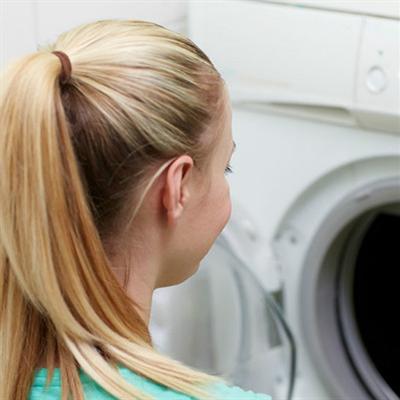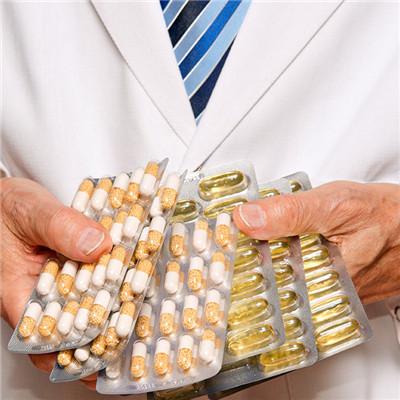How is tuberculous meningoencephalitis treated?
summary
Tuberculous meningitis is a non suppurative inflammatory disease of meninges and meninges caused by Mycobacterium tuberculosis. Got tuberculous meningitis, at the beginning will be low fever, general weakness, headache, serious will be high fever, irritability, mental confusion, has great harm to the lives of patients. Today let me tell you how to treat tuberculous meningoencephalitis?.
How is tuberculous meningoencephalitis treated?
First, isoniazid, rifampicin, pyrazinamide, ethambutol and streptomycin are the most effective combination regimen for the treatment of TBM. Children should not choose ethambutol because of its optic nerve toxicity and pregnant women because of the influence of streptomycin on the auditory nerve. a) Isoniazid: isoniazid can inhibit the DNA synthesis of Mycobacterium tuberculosis, destroy the enzyme activity in the cell, and kill both intracellular and extracellular Mycobacterium tuberculosis. No matter whether meninges have inflammation or not, they can permeate into cerebrospinal fluid rapidly. It is easy to produce drug resistance when used alone. The main adverse reactions were peripheral neuritis and liver damage. b) Rifampicin: rifampicin binds with RNA polymerase of bacteria, interferes with the synthesis of mRNA, inhibits the growth and reproduction of bacteria, and leads to the death of bacteria. It can kill Mycobacterium tuberculosis both inside and outside cells. Rifampicin can not pass through the normal meninges, but only partially through the inflammatory meninges. It is easy to produce drug resistance when used alone. The main adverse reactions were hepatotoxicity and anaphylaxis.

Second, if the protein content of cerebrospinal fluid is significantly increased by intrathecal injection of drugs, early spinal canal obstruction and abnormal liver function lead to discontinuation, chronic, relapse or drug resistance of some anti tuberculosis drugs, intrathecal injection of isoniazid 0.1g, dexamethasone 5-10mg, a-chymotrypsin 4000U and hyaluronidase 1500U can be supplemented with systemic drug treatment, once every 2-3 days, The injection should be slow; Once a week after the symptoms disappeared, once a week to 2 weeks after the signs disappeared, until the CSF examination was normal. Patients with high CSF pressure should use this method with caution.

Third: to reduce intracranial pressure, patients with increased intracranial pressure can choose osmotic diuretics, such as 20% mannitol, glycerin fructose or glycerin saline, etc. at the same time, they need to supplement the lost liquid and electrolyte in time.

matters needing attention
Choose a suitable treatment for patients can effectively control the development of the disease. If we maintain a good living habits and cooperate with the treatment during the treatment, we will achieve good treatment effect. I wish the patients can recover as soon as possible.













